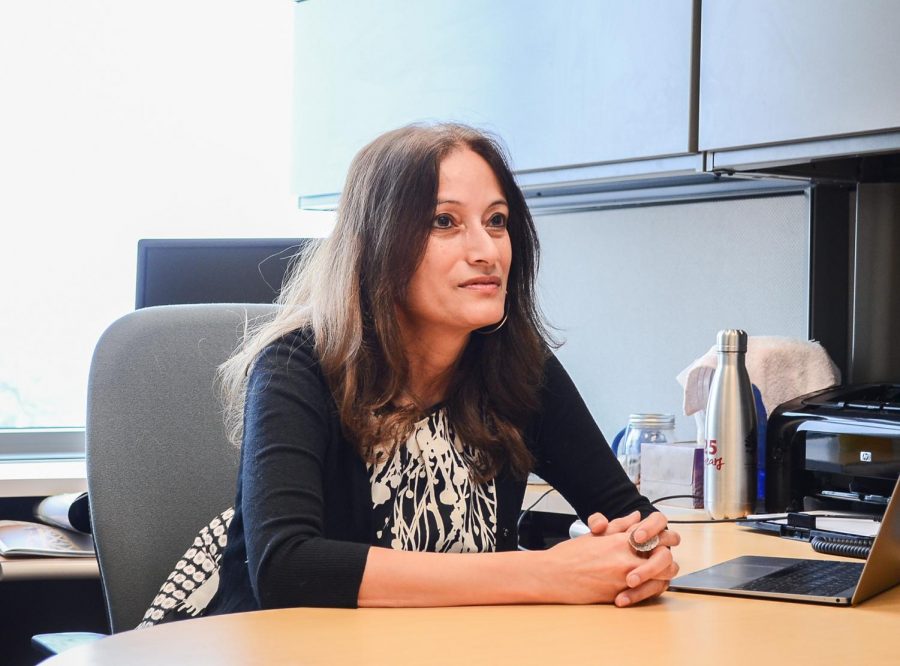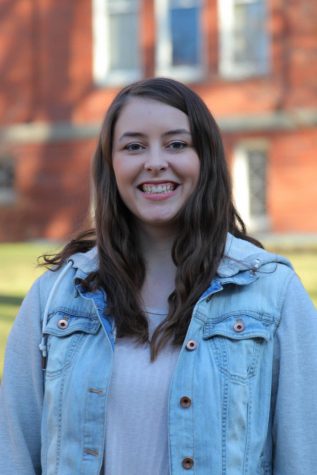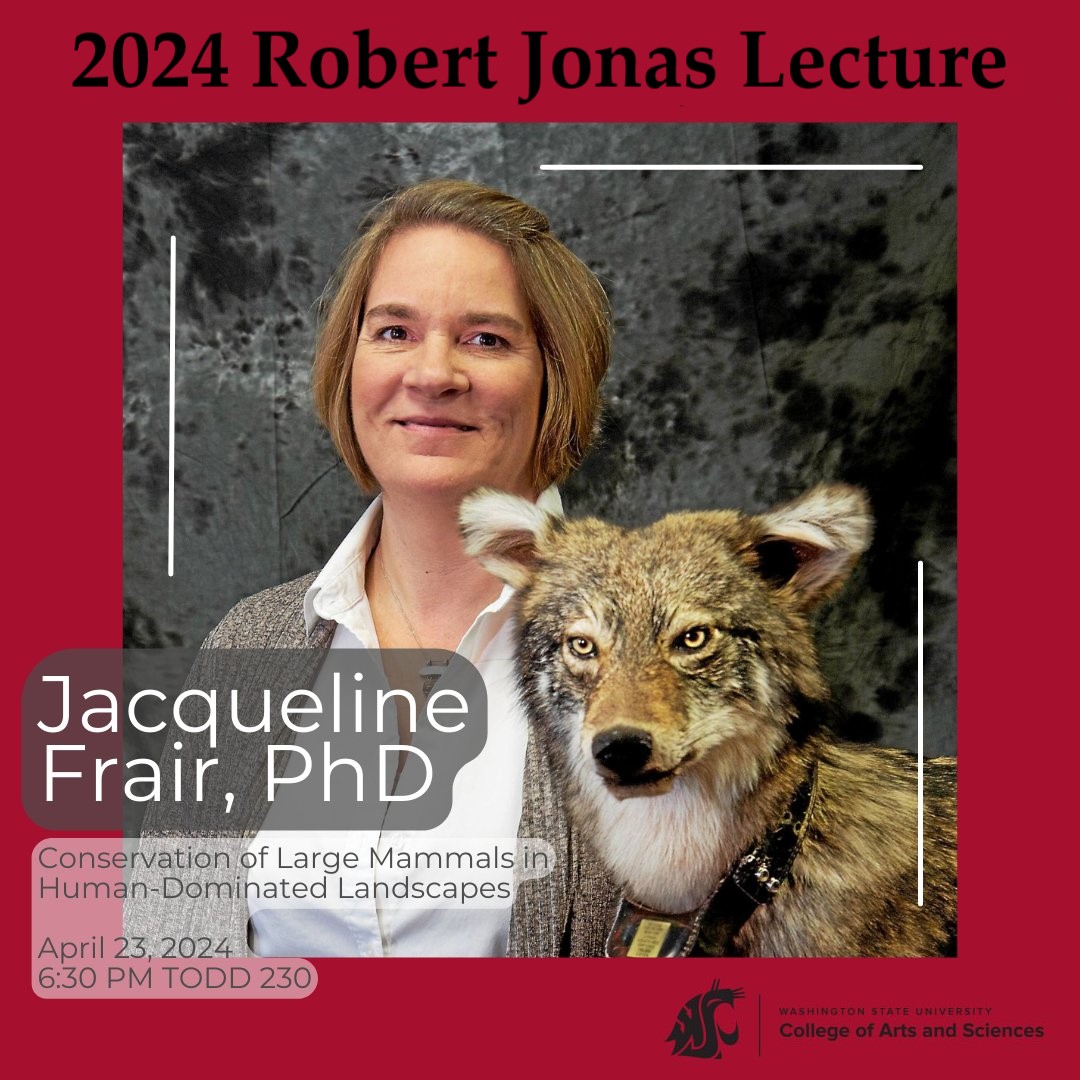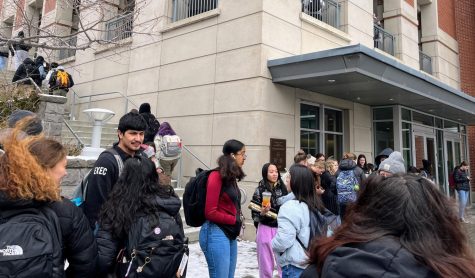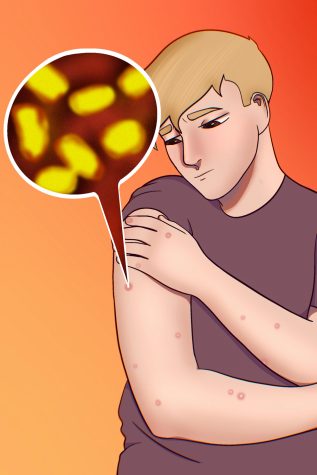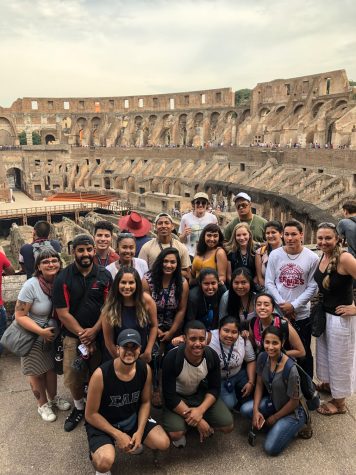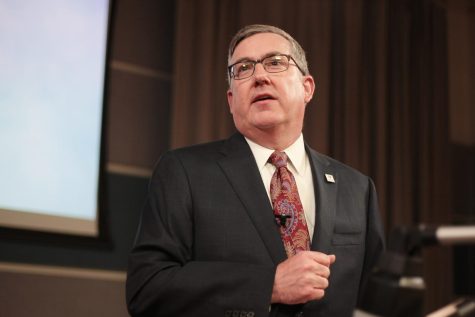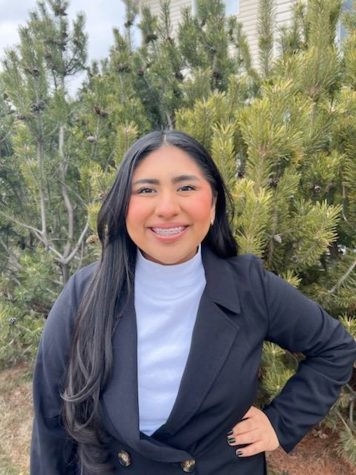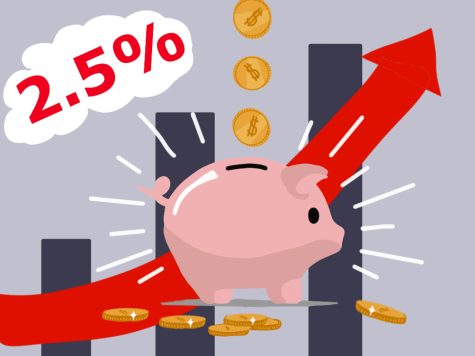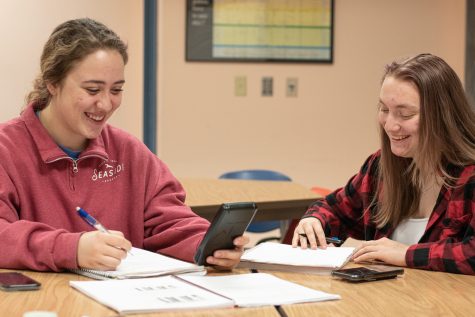Panelists address misinformation amidst COVID-19 pandemic
Fact-checking sources, statistics can help stop spread of inaccurate information
Porismita Borah, Associate Professor in the Edward R. Murrow College of Communications, said misinformation can be counteracted by checking multiple sources for information.
April 10, 2020
Communication experts from WSU and the University of Washington answered questions surrounding the COVID-19 pandemic and misinformation via a live stream on Thursday night.
“The stakes are very high and misinformation is always corrosive, sometimes dangerous,” said Mike Caulfield, Blended and Networked Learning director.
When a post on Facebook or an article invokes some kind of emotion, such as anger or excitement, that is the time to step back and check to see if the information is true, he said.
Caulfield shared an example of fact-checking. The example took an article about the coronavirus and China then did a reverse search to find that the website is run by a professional conspiracy theorist.
“Learning these skills is probably easier than learning to stop touching your face,” Caulfield said.
Participants were asked to submit questions and comments before and during the panel. About 300 questions were submitted, panel moderator Hanson Hosein said.
The panelists addressed how to respond to misinformation found on the internet and social media.
Porismita Borah, associate professor for the Edward R. Murrow College of Communication, said the best way to counteract misinformation is to check multiple sources, including those that are known experts like the CDC.
Another step one can take is letting the person know that the information that was shared is fake, or should not be trusted. She said to make sure to let them know in a kind manner.
“It’s a perfect storm,” Borah said. “Misinformation thrives in situations like these.”
Another comment asked, how should the public make sense of the statistics they see about the virus.
Kate Starbird, associate professor at UW for human-centered design and engineering, said when a disaster, like this pandemic, occurs people are naturally vulnerable to spread misinformation because there is uncertainty about how the virus spreads and statistics.
She called this process the rumor milling process, which causes people to generate explanations of an event that could turn out to be true while some may turn out to be false.
Jevin West, director of the Center for an Informed Public, said scientists and experts are the ones who need to understand how statistics and numbers work, while it is the public’s job to question what agency produced the information.
“You don’t need to know everything about the numbers,” he said. “We’re seeing science in real-time.”
Society’s trust in journalism was another topic of interest in the comment section.
West said a new Pew Research Center poll shows that trust in journalists has not gone down.
While trust in national journalism for the U.S. remains relatively the same, the trust in local journalism is rising as communities turn to their local paper for updates, he said.
Starbird added that she reads The Seattle Times about three times a week to keep up with developments of the virus.
She said she predicts journalists will build back up trust with the U.S. public, as well as receive more resources in the future.
“We need to figure out how to build a sustainable model for local journalists,” West said. “We need local journalists who live in the local community.”


